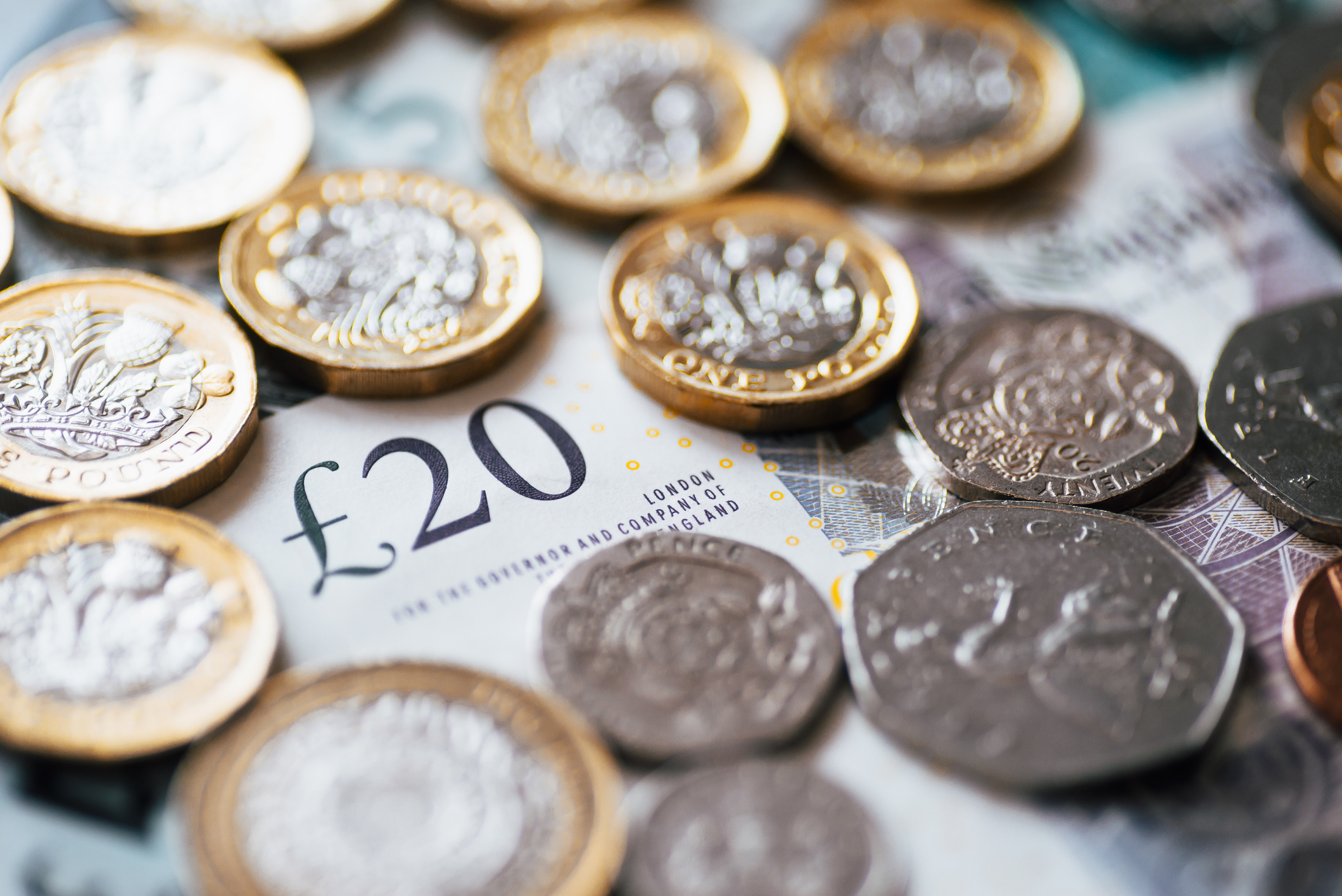

DB Wood Team
30th April, 2021
DB News
Planning and Compounding – two key ingredients…
A couple of weeks back, we released a blog on the power of compounding (https://www.dbwood.co.uk/blog/the-eighth-wonder-of-the-world/). Getting a return, on top of a return, on top of a return (you get the picture), over long-time frames, leads to huge benefits that we can’t quite comprehend. Our brains think our portfolios move up in a reasonably straight line (with ups and downs of course), but, if your money is invested for long enough, the growth outcome is exponential. The saying that it’s “time in the markets, not timing the markets that matters” is worth remembering.
Another simple example – consider an investor that very consistently gets a 5% return each year. Overall returns after 10, 20, 30 and 40 years would be 63%, 265%, 432% and 704% respectively. In the first 10 years returns go up by 63%, whereas in the last 10 years they go up by 272%. Leaving your money invested for longer can often be much more important than how much you invest and the exact return you get.
Planning is of course completely different to compounding. It starts by understanding a person’s objectives, projecting their position forwards and recommending strategic changes to improve both the tax efficiency of their returns (in many cases by between 20% to 40%), and the probability of achieving their objectives, as well as reducing exposure to the risks of something derailing it. Belt and braces so to speak.
It’s that combination of initial tax-savings followed by compound growth that is where the real magic happens. Take Adam for example, he has £20,000 to invest. Adam decides to invest £10,000 into a Stocks and Shares ISA, and £10,000 into his pension, getting 20% tax-relief on the initial investment, so £12,500 goes in. Each investment achieves a 7% return. In 30 years’ time though, their values are quite different; The ISA is at £76,123 and the pension is at £95,153. Despite investing the exact same amount, getting that additional £2,500 in tax-relief, led to a £19,000 improvement in the pension value over that time period.
Logically, you might question why you would use the ISA at all. It does provide Adam with much more flexibility though as the ISA can be accessed at any time, whereas the pension scheme can only be accessed from a much later date. The ISA is completely ringfenced from any form of UK personal tax (other than Inheritance tax), and the pension is potentially subject to income tax on 75% of the value. On the other hand, once in retirement, Adam can earn £12,500 income, before paying tax, allowing him to strip this amount from his pension each year very tax efficiently.
So, the bigger picture here is just as important as the pure numbers outcome. It could even be that a combination of the two are perfect for Adam, giving him more liquidity now, and a nice combination of tax-free income and potentially taxable income in retirement.
There are of course many other factors that have to be considered when looking at putting a financial plan together as peoples’ goals and objectives are nearly always unique to them, but in any case, by harnessing two key ingredients; planning and compounding; we can make a big difference over the long term. Time to put the kettle on!
Categories
Recently Written
Join our mailing list



